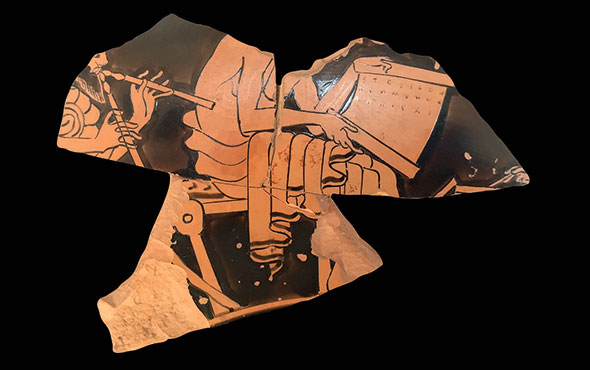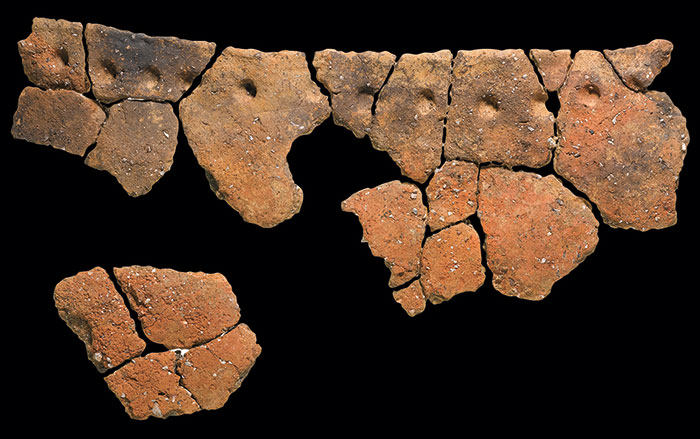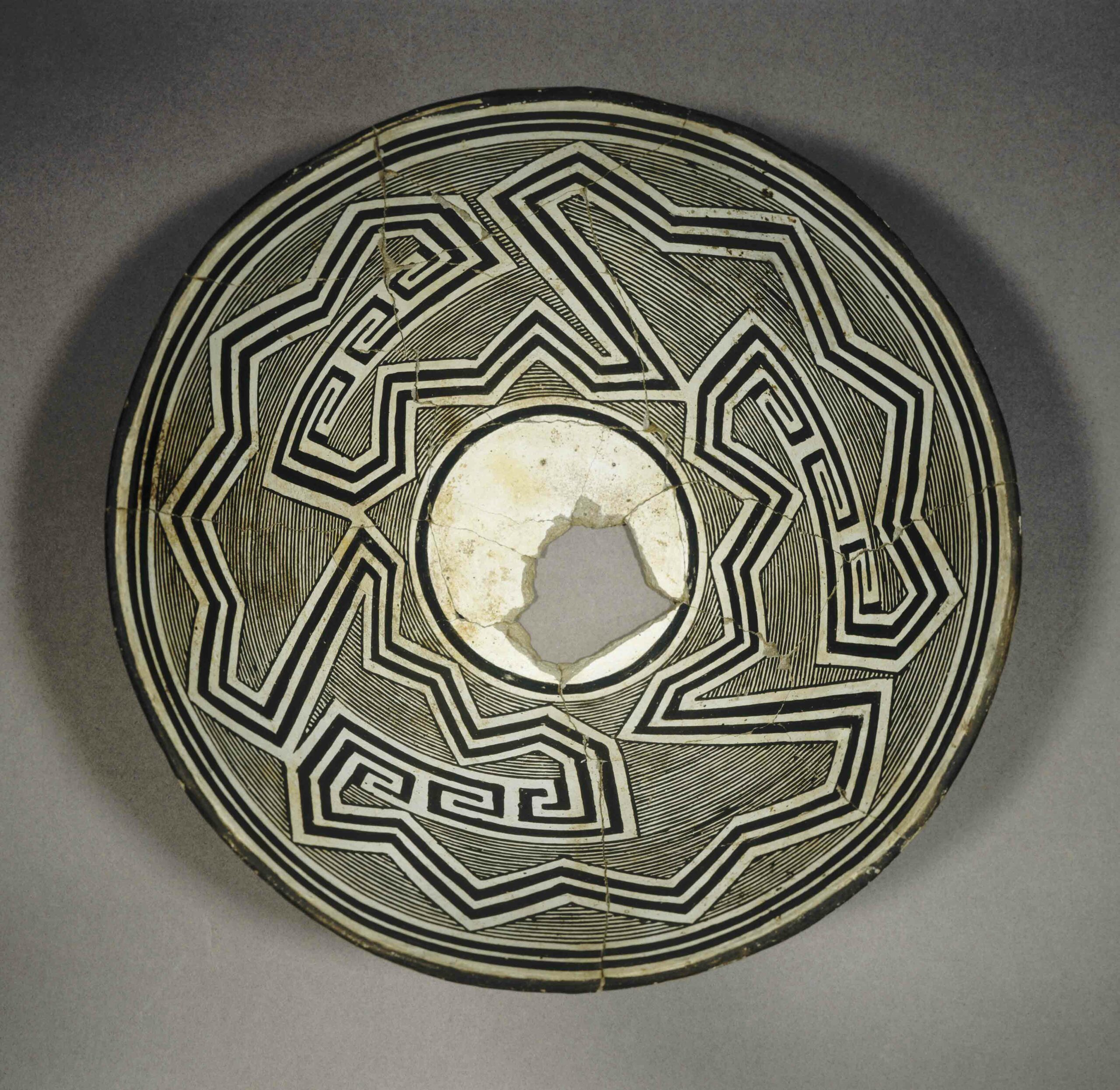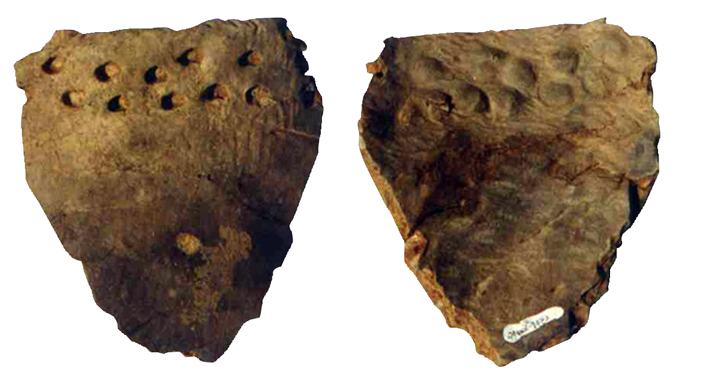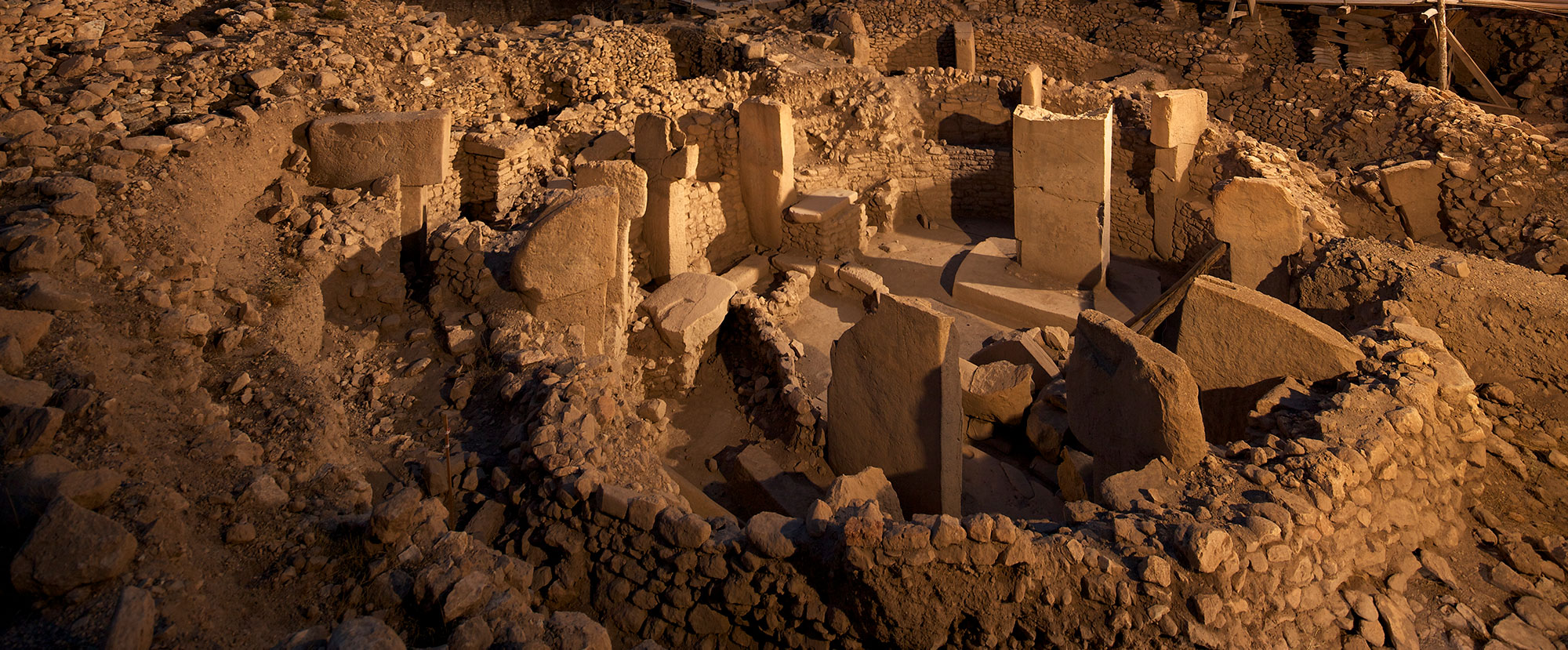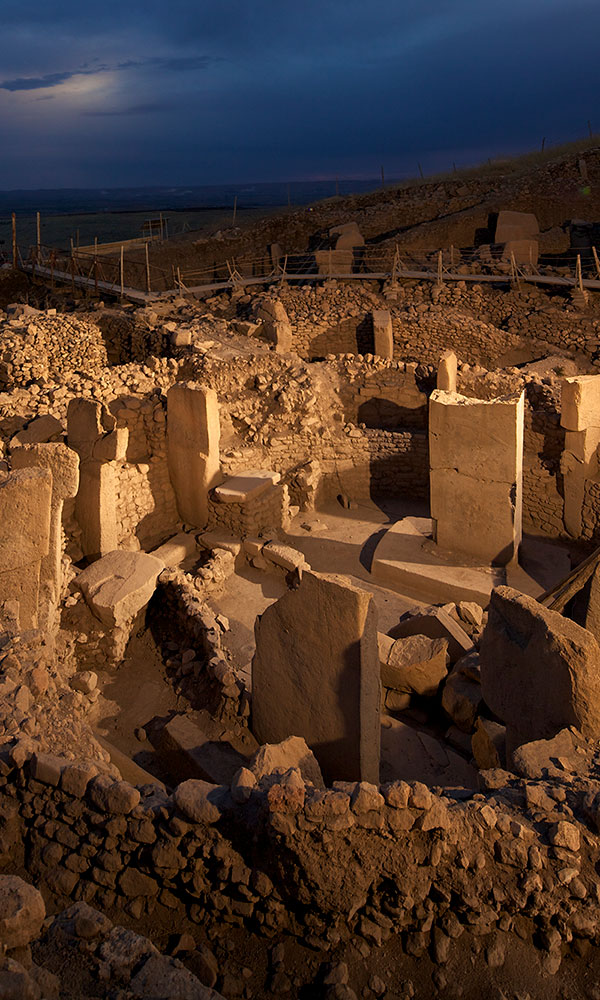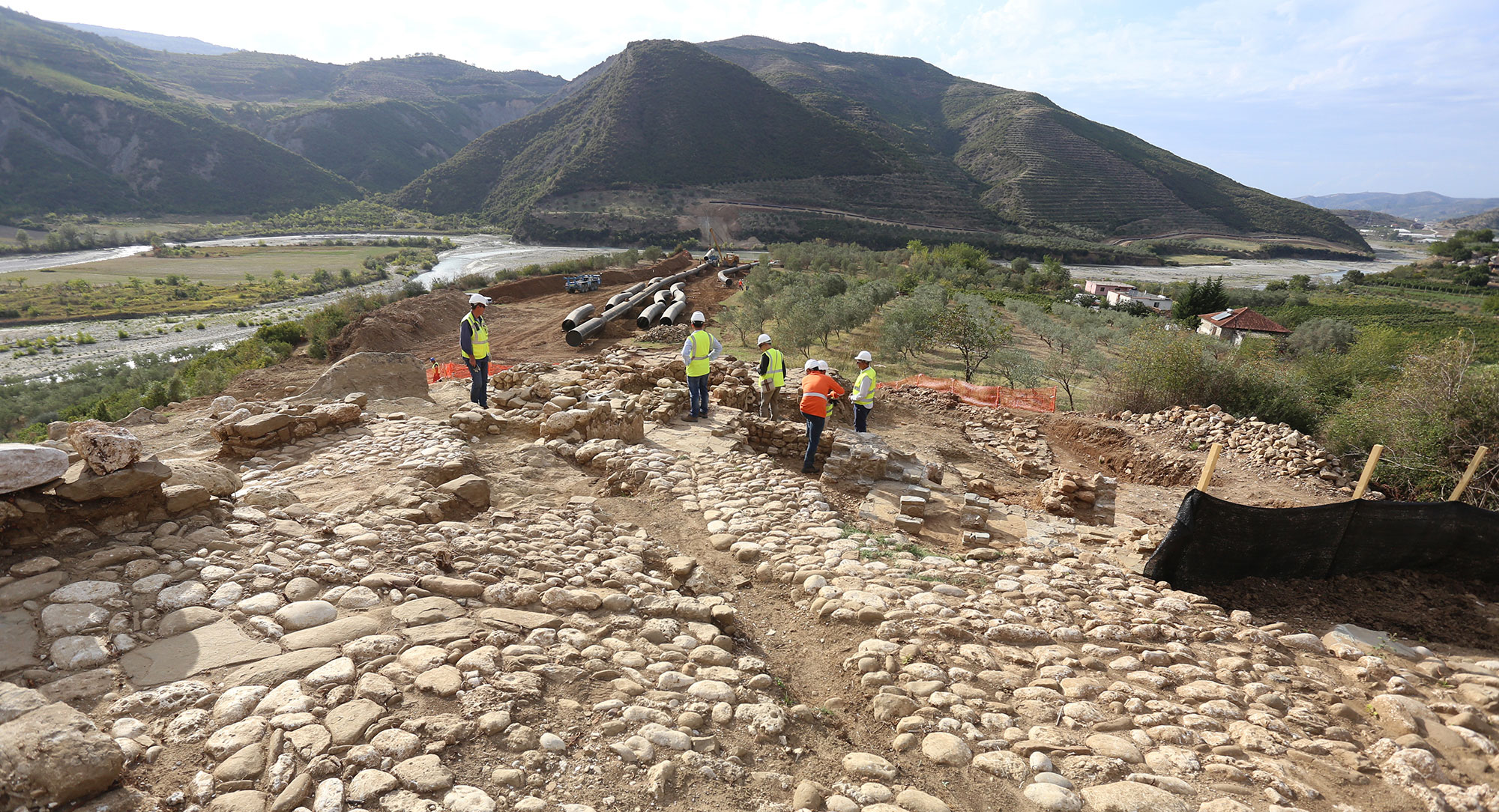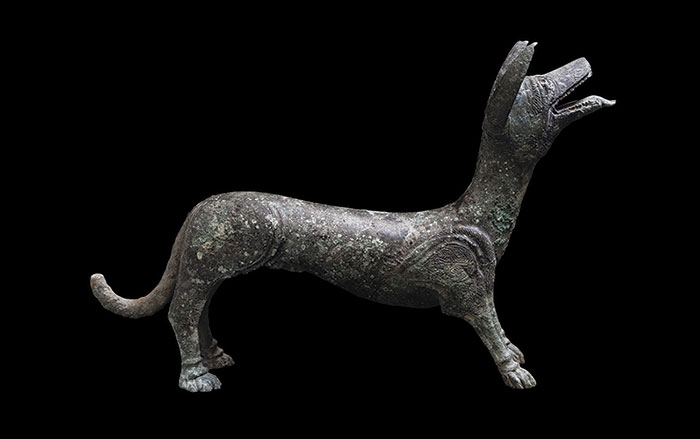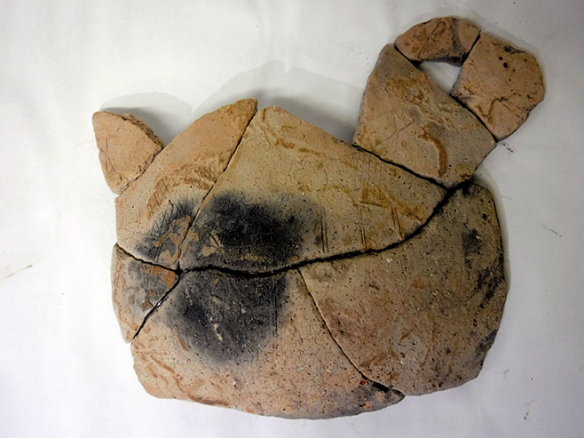
IBARAKI, JAPAN—According to a report in The Asahi Shimbun, nine pieces of unglazed earthenware dating to the Yayoi Pottery Culture period (300 B.C.–A.D. 300) were uncovered at the Nakagawara site on the island of Honshu. When the pieces were fitted together, researchers from the Ibaraki Municipal Education Board found images of five wooden structures built on stilts with ridge roofs and ornamental cornices. The center building is smaller than the others, while another has a ladder leading to a raised platform, and yet another has munamochi-bashira, or pillars to support a shrine’s gables. “The structure with munamochi-bashira must be a key structure,” said Tadashi Kurosaki, director of the Museum of Yayoi Culture in Osaka Prefecture. “The etchings were clearly meant to portray in detail a daily scene in the settlement.” For more, go to “Japan’s Early Anglers.”


